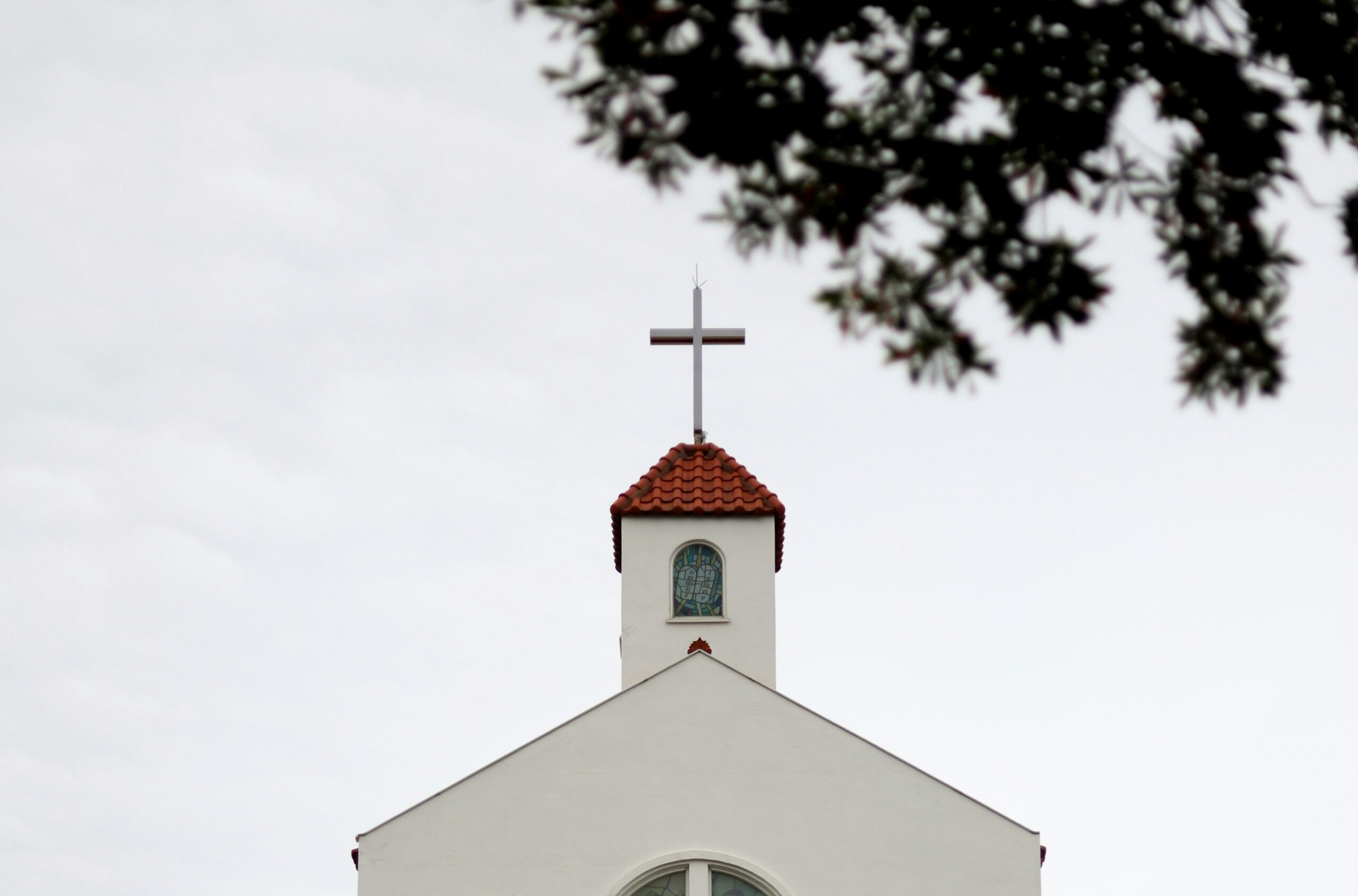Your cart is currently empty!
The Church and Marks of a True Church
The Church refers to all the people who belong to the Lord, those who have been purchased by the blood of Christ. The church is called the body of Christ, the family of God, the people of God, the elect, the bride of Christ, the company of the redeemed, the communion of saints, the new Israel, among others.
The New Testament word for Church, from which we get the word ecclesiastical, means “those called out”. The church is viewed as an assembly of the elect, those whom God called out of the world away from sin and into a state of grace.
The Visible and Invisible Church
In the visible church (consisting of those who make a profession of faith, are baptized, and enrolled in membership of the institutional church), Jesus indicated there would be tares growing along with the wheat. Though the church is “holy”, it always, in this age, has an unholy mixture within it. Not all those who honor Christ with their lips honor Him with their heart as well. Since God alone can read the human heart, the true elect are visible to Him, but in some measure invisible to us. The invisible church is transparent but completely visible to God. It is the task of the elect to make the invisible church visible.
It is the duty and privilege of every Christian to be united to the church of Christ. Just as the human body is organized to function in unity by the coworking and codependence of many parts, so the church as a body displays unity and diversity.
Summary
- The Church is made up of those who belong to the Lord.
- The biblical word for church means “those who are called out”.
- The church on earth is always a mixed body of believers and unbelievers.
- The invisible church is one, holy, catholic, and apostolic.
- The church is an organism likened to the human body.
Reference
Mat 13:24-43, 1 Cor 12:12-14, Eph 2:19-22, Eph 4:1-6, Col 1:18, Rev 7:9-10
Marks of a True Church
No church is free from error or sin. Only in heaven will the church be perfect, but there is a significant difference between corruption, which affects all institutions, and apostasy. Therefore, to protect the care and nurture of the people of God, it is important to define marks of a true church. These include;
- The Preaching of God’s Word.
Though churches differ in details of theology and in levels of purity of doctrine, a true church affirms all that is essential to the Christian faith. Likewise, a church is false or apostate when it officially denies an essential tenet of the Christian Faith such as the deity of Christ, the Trinity, justification by faith, the Atonement, or other doctrines essential to salvation.
- Administration of Sacraments.
To deny or defame the sacraments instituted by Christ is to falsify the church. The profanation of the Lord’s Supper or the willful offering of the sacraments to professed unbelievers would disqualify the church from being recognized as a true church.
- Church Discipline
Though the exercise of church discipline may at times err in the direction of either severity or latitude, it can become so perverted as to no longer be recognized as legitimate. For example if the church openly and impenitently endorses, practices, or refuses to discipline gross and heinous sin, it fails to exhibit this mark of a true church.
Summary:
- A true church has visible marks that distinguish it from a false or apostate church.
- The preaching of the gospel is necessary for a church to be legitimate.
- The proper administration of the sacraments, without profanation, is a mark of the church.
- Discipline against heresy and gross sin is a necessary task of the church.
- The church is always in need of being reformed in accordance with the word of God.
Reference
Mat 18:15-17, Rom 11:13-24, 1 Cor 1:10-31, Eph 1:22-23, 1 Pet 2:9-10
An article adapted from Essential Truth of the Christian Faith by R.C Sproul



